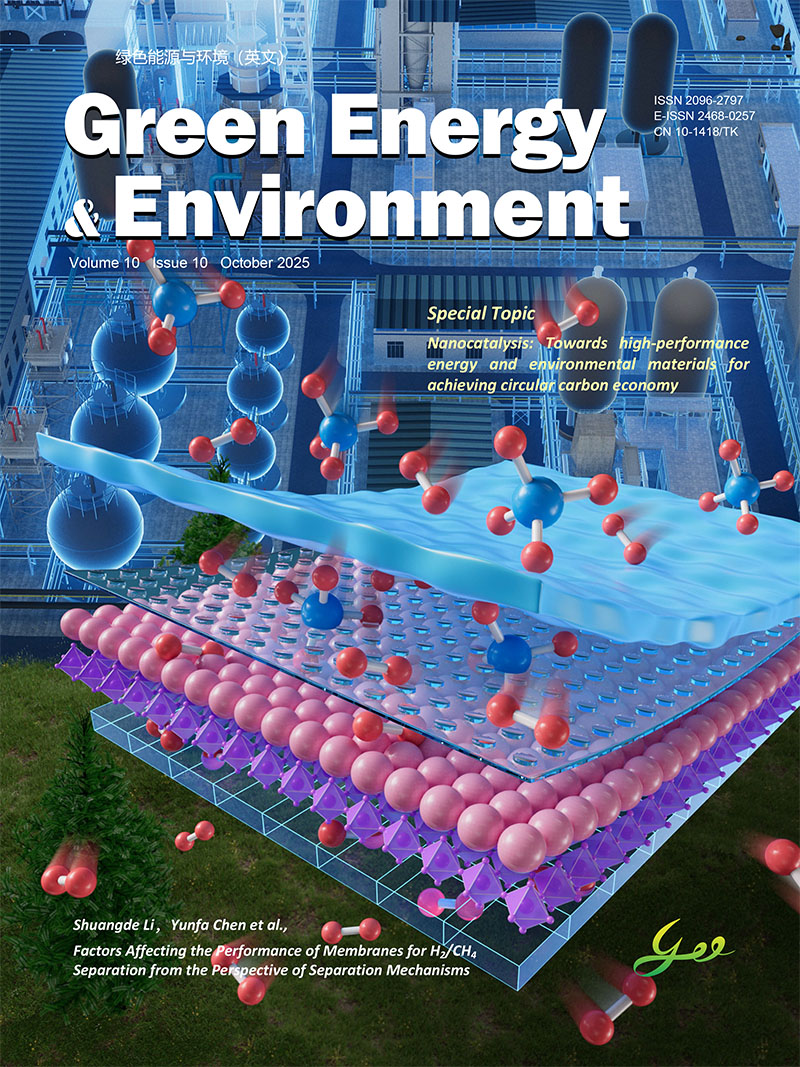Xudong Liu,
Yiying Wu,
Yang Gao,
Zhicheng Jiang,
Zicheng Zhao,
Wenquan Zeng,
Mingyu Xie,
Sisi Liu,
Rukuan Liu,
Yan Chao,
Suli Nie,
Aihua Zhang,
Changzhu Li,
Zhihong Xiao
Abstract:
The C. oleifera oil processing industry generates large amounts of solid wastes, including C. oleifera shell (COS) and C. oleifera cake (COC). Distinct from generally acknowledged lignocellulosic biomass (corn stover, bamboo, birch, etc.), Camellia wastes contain diverse bioactive substances in addition to the abundant lignocellulosic components, and thus, the biorefinery utilization of C. oleifera processing byproducts involves complicated processing technologies. This review first summarizes various technologies for extracting and converting the main components in C. oleifera oil processing byproducts into value-added chemicals and biobased materials, as well as their potential applications. Microwave, ultrasound, and Soxhlet extractions are compared for the extraction of functional bioactive components (tannin, flavonoid, saponin, etc.), while solvothermal conversion and pyrolysis are discussed for the conversion of lignocellulosic components into value-added chemicals. The application areas of these chemicals according to their properties are introduced in detail, including utilizing antioxidant and anti-inflammatory properties of the bioactive substances for the specific application, as well as drop-in chemicals for the substitution of unrenewable fossil fuel-derived products. In addition to chemical production, biochar fabricated from COS and its applications in the fields of adsorption, supercapacitor, soil remediation and wood composites are comprehensively reviewed and discussed. Finally, based on the compositions and structural characteristics of C. oleifera byproducts, the development of full-component valorization strategies and the expansion of the application fields are proposed.



















 京公网安备 11010802039050号
京公网安备 11010802039050号